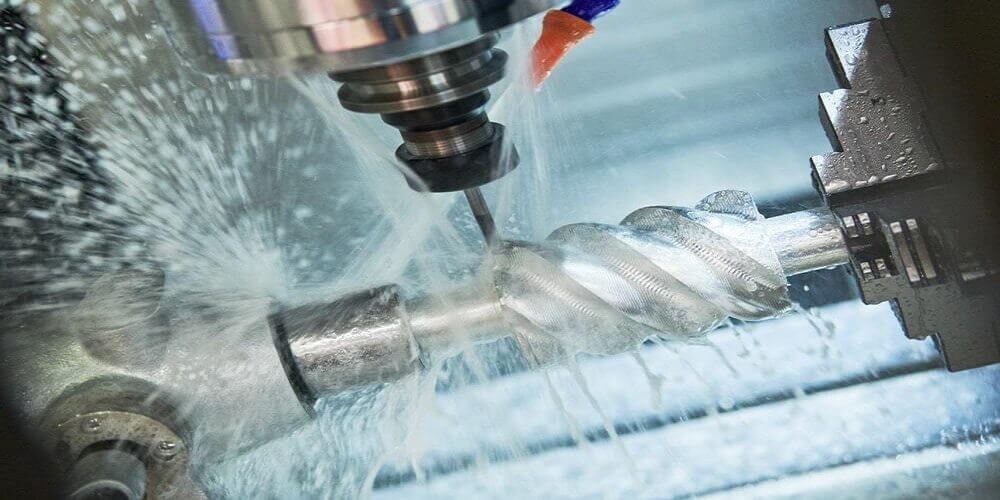After the CNC machining services, the machined part would usually come with a surface as-milled. To enhance their Outlook and feel, extra finishing may have to be done. Note that this would depend on the machined part. Some machined parts are used just as they were machined.
There are different levels of CNC machining surface finishes. They include the type II anodizing, standard finish (as-milled), bead blast finish, and powder coat finish. Let’s go over them one after the other.
Different Types of CNC Machining Surface Finishes –
1. Standard finish (as-milled)
The standard finish is called the standard finish for a reason. This is because it’s the exact way you have it from the CNC machine. It comes out with a roughness of about 125 uin and some minor tool marks. While some metal surfaces can be left this way, depending on the job, some may have to be smoothened even further.
Manufacturers can decide to reduce the roughness to about 32 or 16 uin. However, it would attract more cost and more operating time.
2. Anodizing (sulfuric acid anodizing) type II
After the CNC machinist services, anodizing is done to coat the metal with a corrosion-resistant coating. Afterward, the metal is dyed into gold, black, or red. This method is usually done for aluminum parts.
3. Bead blast finish
The bead blast finish is done by simply blowing glass beads against designated areas of the metal part. This procedure helps to create a light texture with a matte finish. However, it can attract additional costs in case the design needs specific masking of holes and surfaces.
4. Powder coat finish
The powder coat finish, in the opinion of experts at CNC machining services, is by far the smoothest finish ever. The process involves spraying paint all over the surface and then taking the sprayed surface and placing it in the oven to have the paint firmly latched on the machined surface.
The result is wear and corrosion resistant and is more effective and efficient than other painting or polishing methods. This method is majorly used in military equipment.
Other types of surface finishes include the following:
- Abrasive finish
- Grinding
- Polishing
- Burnishing
- Mass finishing
- Vibratory finishing
- Tumble finishing
How do you know the right surface finish to use?
As mentioned earlier, not every surface finish will work well with every metal material. Below is a short guide on choosing the right surface finish.
- Understand the measurements of the surface finish
- Pick the appropriate feeds and speeds
- Keep the rigidity of the tool up by reducing deflection and chatter
- Make use of chip breakers
- Reduce run-out
- Reduce vibration
- Use a positive take, sharp inserts, and lead angle.
- Avoid using the same finishing and roughing tool.
- Don’t ever cut down the centerline
- Steer clear from dwells and pauses.
Conclusion
Carrying out CNC machining services would be far more rewarding when you know just when to apply the right machining surface finish. I hope this guide has shown you a better way to do just that.
